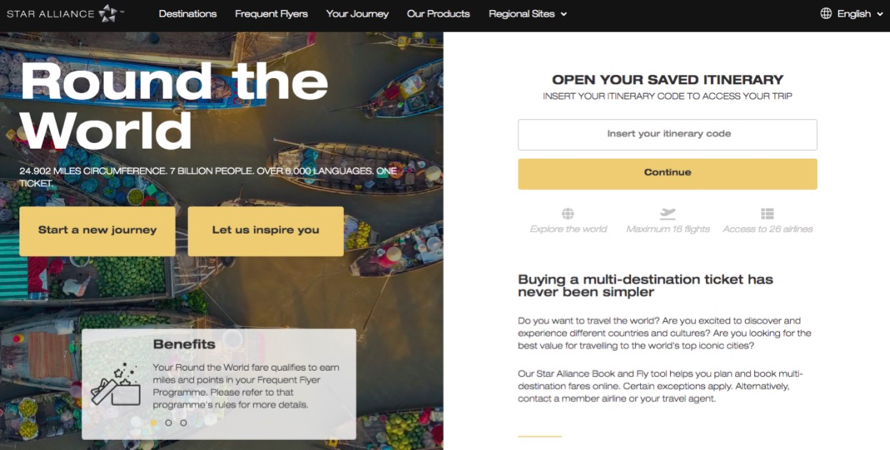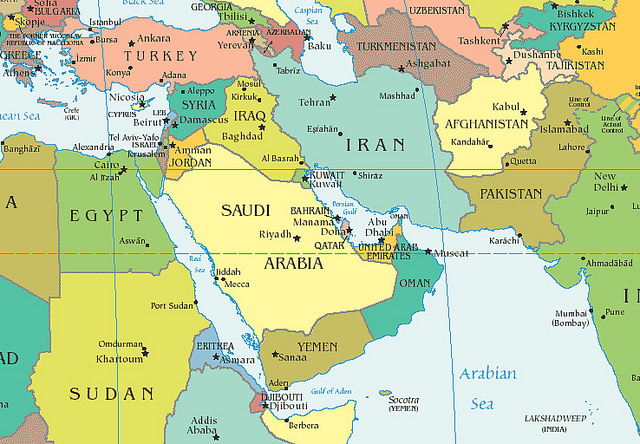When it comes to planning an entire trip around the world, travelers have essentially two options: buy flights as you go or plan your route in advance.
Buying as you go gives you flexibility but risks you losing out if a flight is sold out (or overpriced).
Planning in advance requires more work upfront but makes for a more relaxing trip since all your planning is done before you go. flight claims
Both options have a place in your travel toolkit, but today, I want to focus on the latter.
Simply put, round-the-world (RTW) tickets are one of the most convenient ways to travel around the world. They make planning your trip simple and straightforward, allowing you to visit the destinations you want to see without having to worry about booking flights along the way.
You just plan your route, book your RTW ticket, and that’s it! They really take the hassle out of planning a complex trip over multiple continents and are a great choice for novice travelers who might not be comfortable improvising a trip on the fly.
And to top it all off, by purchasing your ticket in one bulk RTW package, you can usually save yourself some money too — which is always a plus in my book!
That said, knowing if a RTW ticket is the best way to get around the world really depends on the kind of trip you are taking. Round the world tickets come with many rules and conditions that might not work for you.
In this post, I’ll go over everything you need to know to help you decide if a RTW ticket is the right choice for you and your next globetrotting adventure.
How Do Round the World Tickets (RTW) Work?
Before we begin, what exactly is an RTW ticket? RTW tickets are actually airline alliance flight passes. An airline alliance is a partnership in which airlines share seats on planes, passengers, and elite status benefits. You buy a ticket from one airline that can be used with them and their partners for one price that lets you travel around the world on that one ticket.
For example, if you book with United Airlines (Star Alliance), your ticket is only good for airlines that United partners within that alliance.
And if you book with American Airlines (which is part of the Oneworld airline alliance), you can only use their partners.
Since American Airlines doesn’t fly everywhere in the world, you’ll need to rely on its partners. Say you need to get from New York City to Nairobi, Kenya (a destination American doesn’t serve). You may technically book your flight with American Airlines for that route, however, you will actually fly one of its airline partners on the sections of the journey that American Airlines doesn’t fly.
It’s important to remember that none of these alliances include the world’s budget airlines such as Ryanair (Europe), Southwest (US), Air Asia (Asia), or Tiger (Asia/Australia). These airlines offer fewer amenities and cheaper fares than the “major” airlines of the world (i.e. large, international carriers that are part of an alliance).
But they also are less comfortable too, which is the trade-off.
RTW tickets can be purchased for seats in economy, business, and first-class. They also come with a number of terms and conditions. Generally speaking, a RTW ticket is valid for one year from the start date and requires you to end in the same country you start in. You don’t need to end in the same city but you need to end in the same country.
Here is a breakdown of the rules for each major airline alliance’s round the world ticket:
Star Alliance Round the World Tickets

The Star Alliance RTW ticket will give you access to 1,250 destinations in over 190 countries around the globe. The alliance is comprised of 26 different airlines, which means you can pretty much go anywhere in the world.
Journeys need to start and end in the same country and go one direction: east or west. You’ll need to cross both the Atlantic and Pacific oceans and can only do so once (so no doubling back).
You’ll get up to 16 flights on your ticket and the ability to cover up to 39,000 miles (which is enough to get you to almost every continent). They also provide free rebooking should you need to make any changes once you’re on the road (there are some caveats to that, which you can read int heir terms here.
Using their booking map, you’ll be able to create a 100% unique itinerary based on where you want to go. They also provide several thematic suggestions based on world history, romantic getaways, world wonders, food and wine, and more. Be sure to check them out for ideas and inspiration to get the ball rolling.
You can also have up to 5 “surface” sections in your itinerary. This just means you can travel from one destination to another 5 times outside of your RTW itinerary.
For example, you can fly to London as part of your RTW ticket and then have your onward flight depart from Paris. That will allow you to get to Paris from London via a cheaper flight or train ticket, allowing you to save money.
The distance between “surface” sections is still counted toward your overall 39,000 miles but surface sections can save you money when cheaper budget options are available (or if you’d just prefer to travel overland in certain regions/countries.) flight claims

